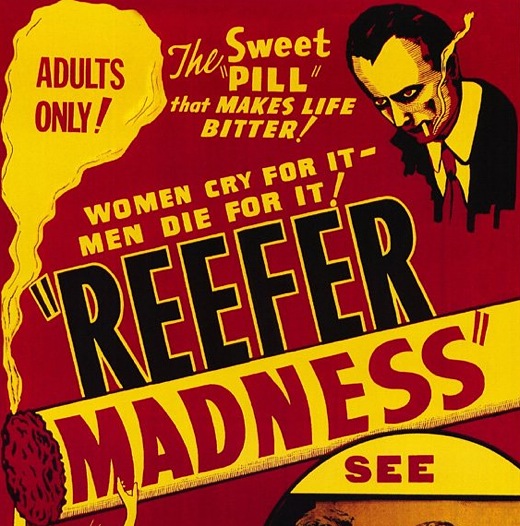I like to collect sounds while traveling. A few favorites that come to mind include the whine of scooters buzzing down the streets of Paris, the calm female voice announcing the next stop on the Prague Metro and the clink clink of people chipping away chunks of the Berlin Wall.
That was 1990, just a few months after millions of Germans—from both sides of the wall—succeeded in ending the East German regime through street protests.
The Google Cultural Institute captures this amazing period of recent history with The Fall of the Iron Curtain, a new collection of historical documents, videos and photos curated by Niall Ferguson, an eminent Harvard historian.
The 1980s saw the Cold War come to an end with a wave of citizen protests that swept across Europe. Google’s collection includes 13 exhibits that begin with Poland’s Solidarity Movement but then considers the history and significance of the Berlin Wall.
Google partnered with major German and Polish museums to create the exhibits so the experience is rich with context, including interviews with historians and images from the popular culture of the time.
Follow the riveting events of December 14, 1989 as Romanian citizens crowded Maria Plaza in Timisoara calling for leaders Nicolae and Elena Ceaucescu to step down. By evening the crowd filled all of the roads off the plaza and the military opened fire, killing 62 people. The period of the Ceaucescu trial and execution is brought to life in another exhibit with images and interviews.
The exhibits conclude with the rapid acceleration of events that led to the fall of the Berlin Wall itself.
Each exhibit is rich and complete with anecdotes, including a diary of life during German reunification.
Speaking of collecting sounds while traveling, check out the Pink Floyd’s live performance we brought you of The Wall in eastern Berlin, a mere eight months after the Wall had come down.
Kate Rix writes about digital media and education. You can contact her and find more of her work at and thenifty.blogspot.com.


